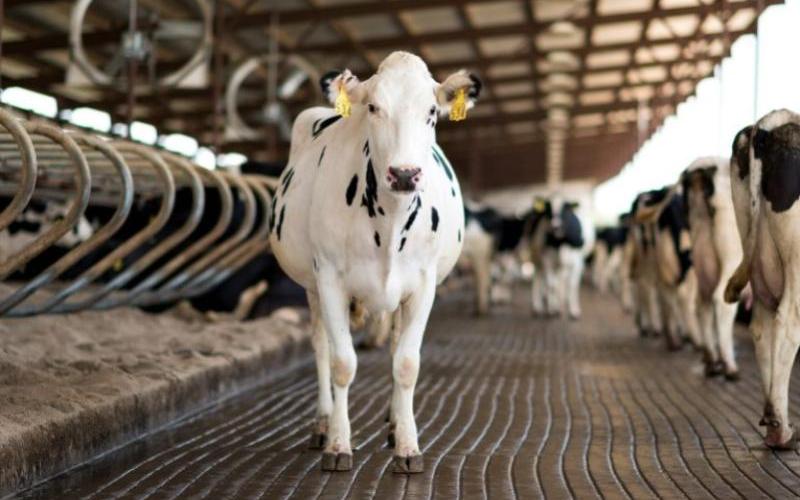The Economic Impact of Lameness in Irish Dairy Farms

Lameness is a pervasive issue on Irish dairy farms, heavily impacting economic performance through loss of milk production and increased costs for treatment and culling. A single case of lameness could cost a farmer up to €350 when considering reduced fertility and other related expenses.
While farmers are typically aware of their economic breeding index (EBI) and somatic cell counts, discussions around the mobility index of their herds remain infrequent. As cows become lame, the loss in condition can drastically affect farm profitability.
Early detection through locomotion scoring—an assessment based on a cow's gait and posture—can mitigate these losses. This five-point scoring system helps identify the severity of lameness, ranging from normal to severely lame, allowing for timely treatment.
- Score 0: Good mobility.
- Score 1: Imperfect mobility.
- Score 2: Impaired mobility.
- Score 3: Severely impaired mobility.
The latest technological advancement in this field is the AI-driven SmartSight by Nedap, which uses computer vision to detect lameness early, offering actionable insights for intervention. This innovation is set to launch soon in the US and Ireland, promising to streamline operations and boost herd productivity by maintaining healthier cows.
The implementation of such technology may well be a turning point for dairy farmers, potentially saving significant resources on treatment and helping sustain full milk production levels.











